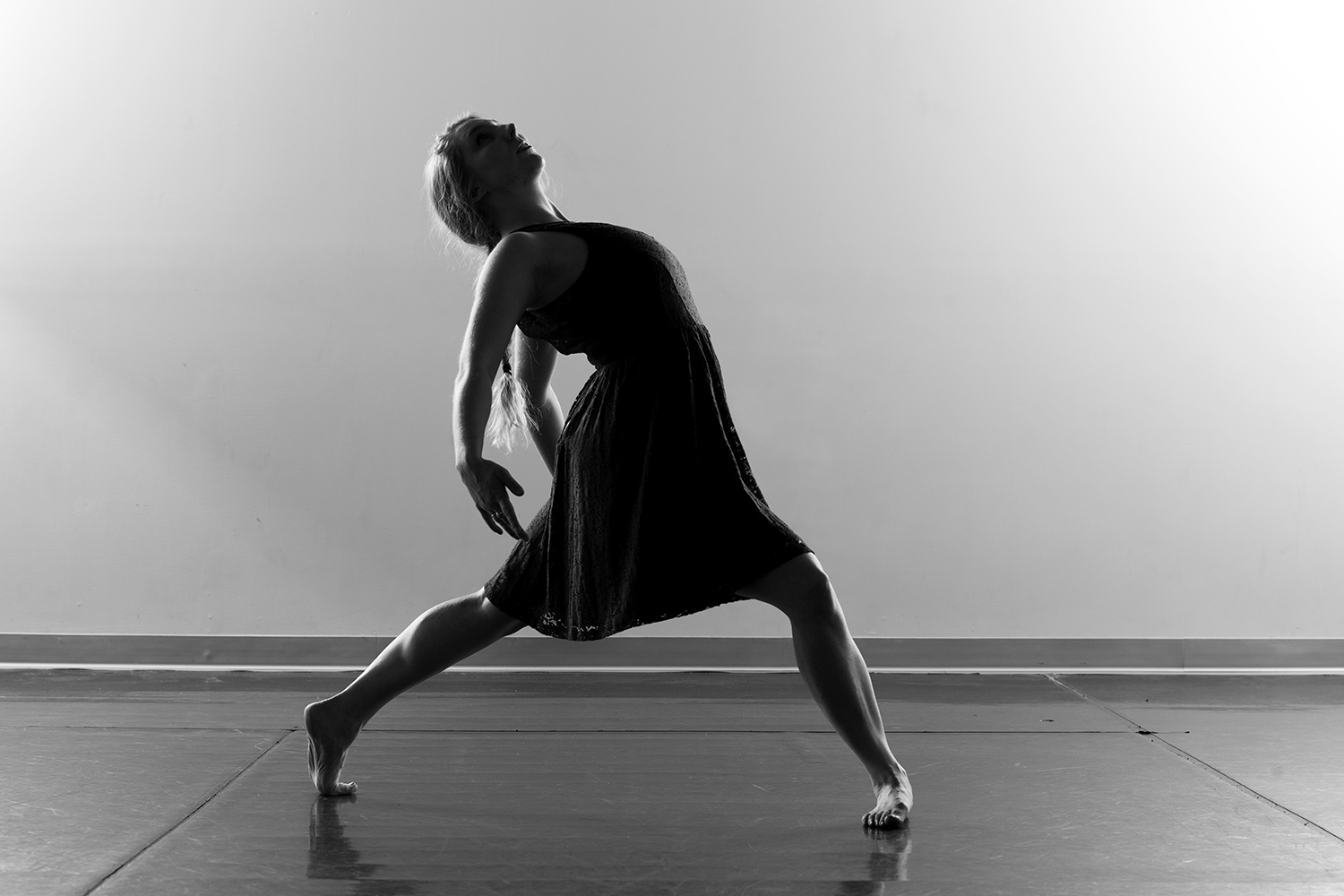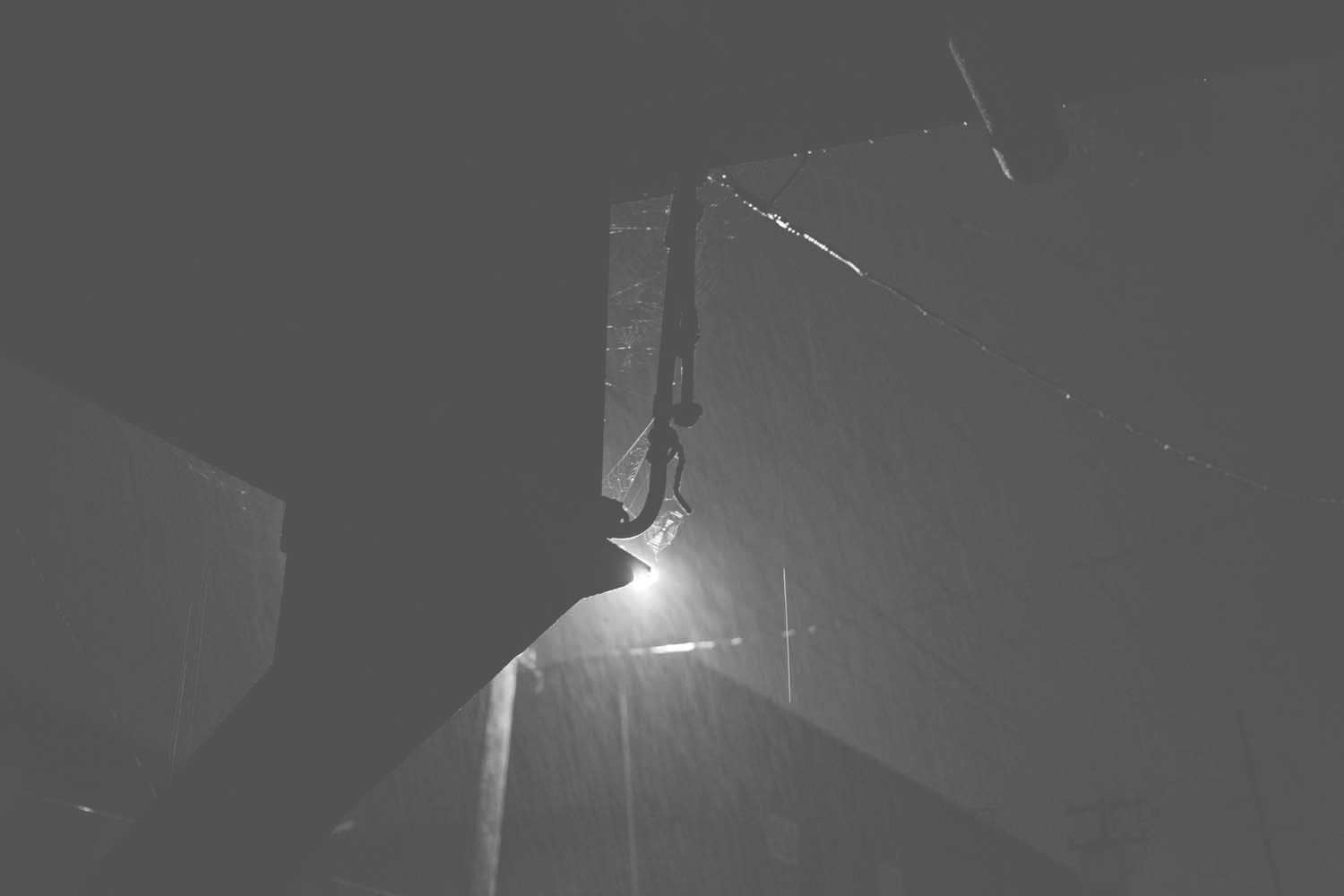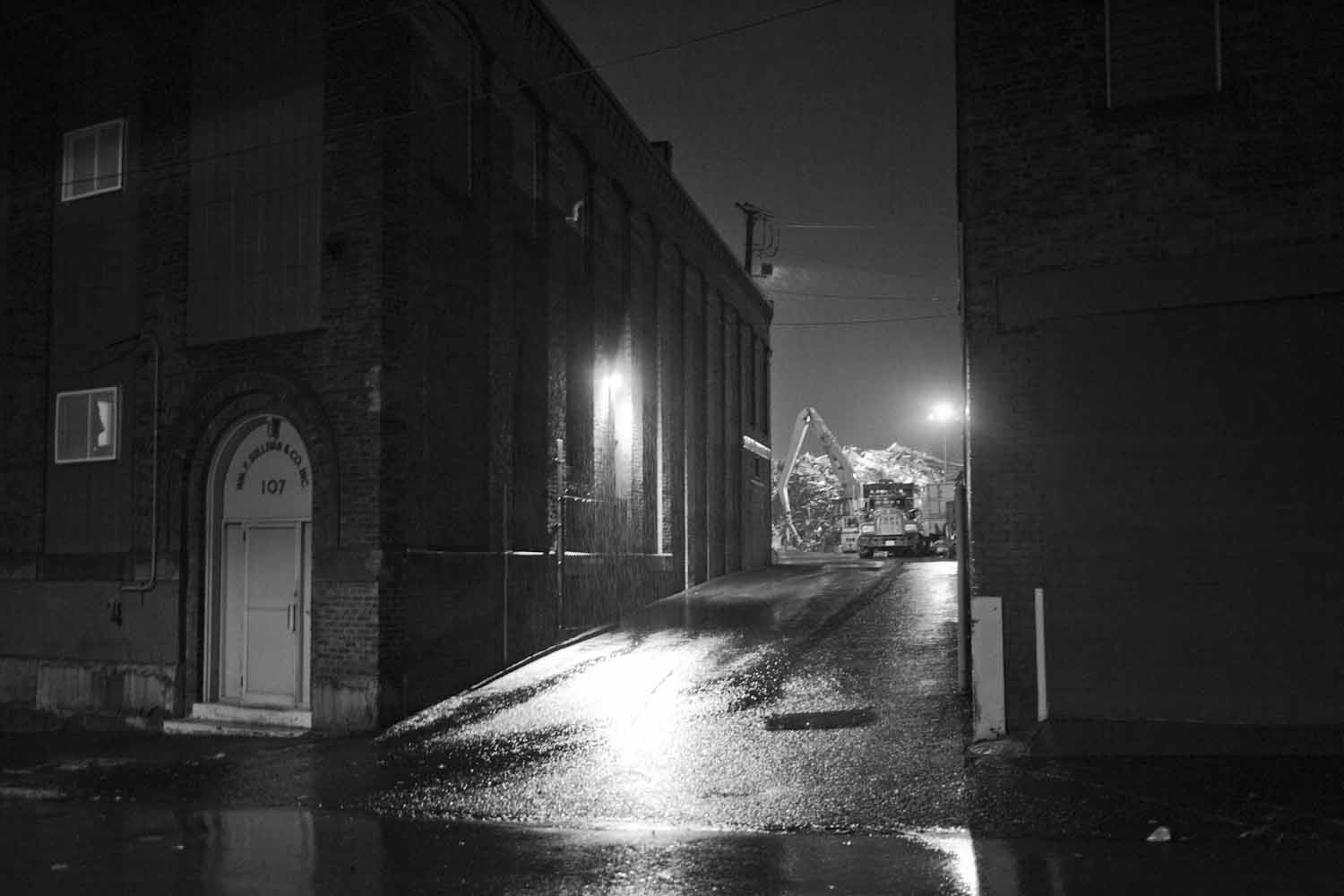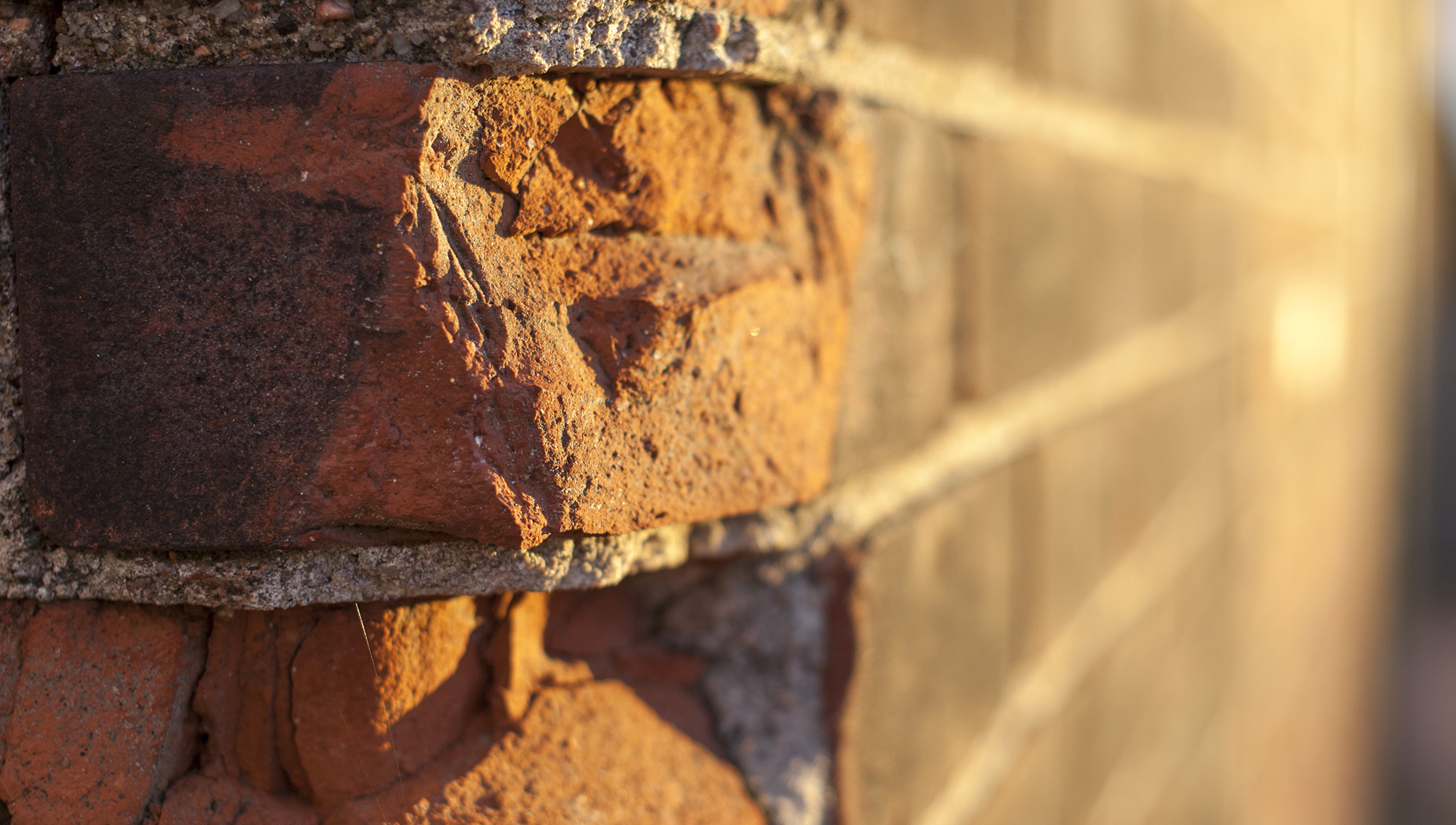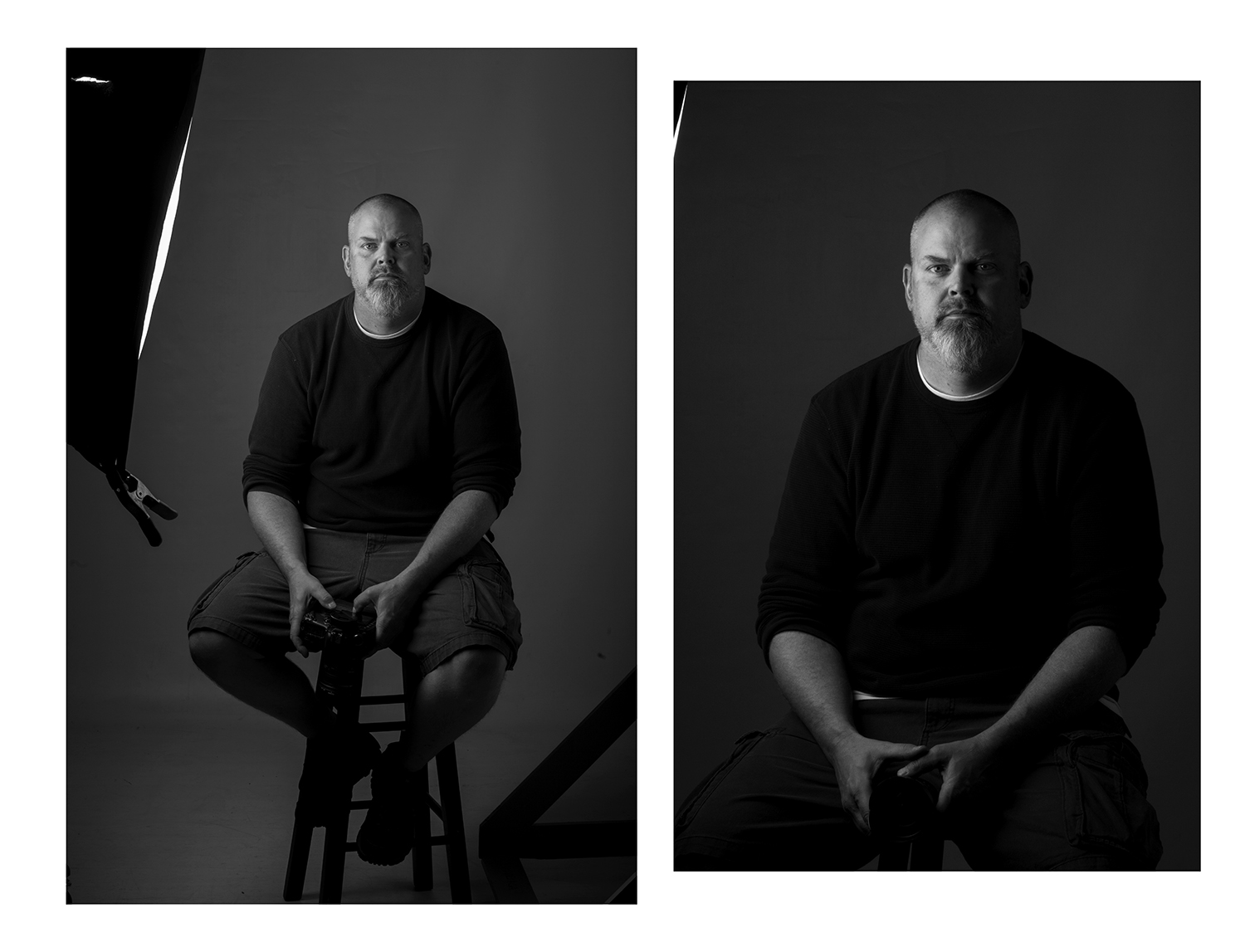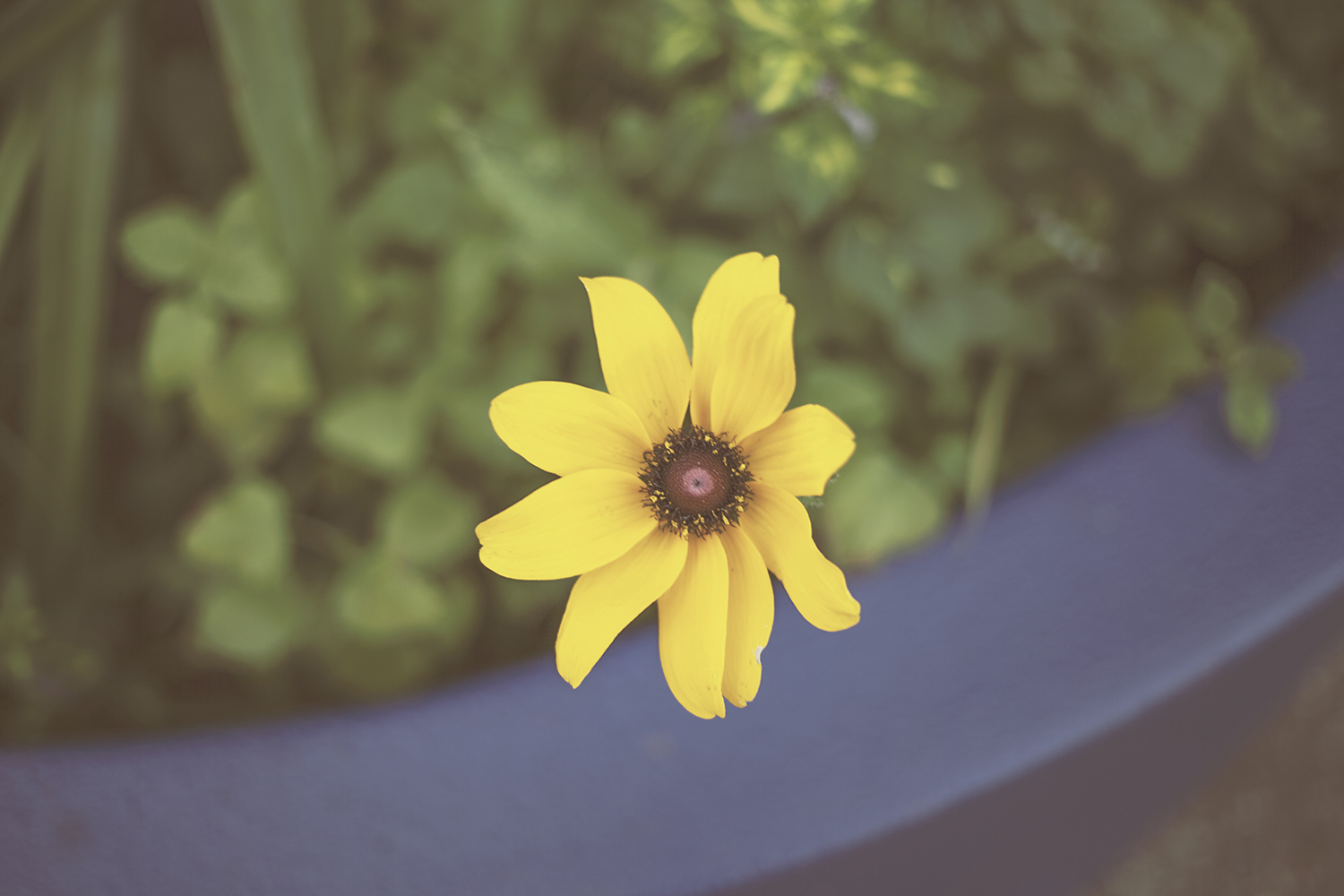Dance Photography: New Work
During October and November I worked closely with the owner/choreographer of Eclipse Dance Co to photograph her dancers for a show that opened at the end of November. This project was a bit different than previous dance shoots. Our objective was to shoot for prints that would be exhibited during the show. Each image would feature a specific pose and be suspended within the dance space. The show did not open on a stage, rather a unique event space that exists within a former mill. The title of the show was "Still Moving." It fused the still images within the actual dance. The pieces were site specific, relying on the structural elements of the space to build a stage. The goal was for the audience to navigate around the space while the dancers moved through the space. It was a different take on observing dance.
I really enjoyed the close relationship the dancers had with the audience. The audience became a part of the show with their interaction. At times the dancers swept their ways through observers. It was different, far more different than most dance performances that I have been too. It was refreshing to be a part of something so creative.
You might not always have an assistant, so do the next best thing, set the lights using whatever talent is available.
In terms of the portraits of the dancers, they were photographed at the dance studio. Over the course of 4 shoots we were able to capture the ideal images of the dancers, the ideal poses, that would fit within the show. Working from a mood board that the owner of the dance co put together, we were able to use her studio space during their rehearsals to capture the images.
We've photographed dancers on roof tops, parks, other landscapes, but this images is one of my favorites because of the relationships between the two. Compositionally I adore the poses.
In the 4 shoots that we had there was only one major technical issue that arose. How do we film the dancers from above? There was a request to film one of the pieces from above. The film was to be shown while dancers performed the piece. It was going to be a dramatic and incredible forced perspective on the piece. The first shoot we were unable to mount the camera in the right manner. Working with my 5d, I tried a few set ups of mounting the camera above the dancers. WIth no luck I had to abandon the entire process that I sculpted. There was one idea that I had that would incorporate a raised pole that went up and down for one of the dance classes. If I could lift the horizontal pole high enough, mount a camera looking down, all would be good. The next challenge, how do I mount onto a 6"+ pole? It took some serious out of the box thinking. In the end I used my Gopro Hero 3+ mounted with a U shaped bracket and a magnet. I had to do some serious research to figure out of a magnet would work. Why? Welp, simple. Magnets F*** things up. Magnets and electronics don't always work. Don't believe me, go grab your computer and a strong magnet and see what might happen. Once mounted, lifted, I ran the Gopro via my iPad and worked closely with the owner of the studio to ensure the dancers were in the right position. After several takes we nailed it, the dancers nailed it, the project came to a wrap.
The following photos were a part of the show.
The following gallery are a few highlights from the performance on opening night.
Night Photography: After Hours
I started making photographs at night when I was in school. Back then I was running around with a tripod, an old slr, 400 tri-x bw film, and no idea what I was doing, except that I was having fun. Night photography is something I still do. The tools have changed, my vision has grown and expanded, and I still have the same fun I did years ago. The thrill is higher, knowing what I want to capture and that there is a method to doing so. I have found, for me and my work, rainy nights create the perfect ambiance. Textures come to life. There is a poetry that exists on rainy nights that otherwise doesn't exist on most nights. There is peace, quiet, and an unlimited amount of images to be found.
Last night I grabbed my Canon 5d Mark ii, my iPad, and left the studio after a long day of work. I had my pancake 40mm 2.8 mounted. I haven't used a tripod at night in a long time. With a camera this good, high iso capabilities, I have not much need for a tripod. If I were to be shooting something like a landscape, bracketed exposures, or the stars I would surely use a tripod. Just running around at night with a good lens and high iso, no need for the cluncky set of legs. I did however forgot a key cable to connect to my iPad's cable. Dang... So I wasn't able to post these photos till this afternoon before getting into some projects. For me, I see things in the night that I do not get to see during the day. I am inspired. I was inspired. I made photographs.
Canon Vs. Canon: Lets talk tech...
So I bought a new camera today and I am going to put a no bullshit post together to discuss a few things. I did a side by side comparison of a Canon 7d and a Canon 5d Mark II in studio. I also did a few shots with the camera during an art exhibition and a quick walk around the studio. I am going discuss Depth of Field, (not bokeh) High ISO vs. Low ISO on the Canon 5d Mark II, and of course, what the cropped sensor vs full frame sensor looks like. I am going to start with Depth of Field. This is to educate you budding photographers. Depth of Field refers to the blurry background. Bokeh is a generic word that has no direct correlation to photography. It is not a photography term. It is a word someone, somewhere decided to place meaning to the shallow depth of field that a lens can provide. The smaller the F stop, F1.2, F 1.4, F 1.8, F 3.2, F 4, the shallow the depth, the more blurr the background will have. Everyone loves a great depth of field. But, bokeh is just that, a generic effect that people think can be applied, when such is not the case. There are reasons why companies charge you 1, 2, and 3 grand for a lens, because it makes your photos looks amazing. That is so long as you know what you are doing with the lens. See the photos below.
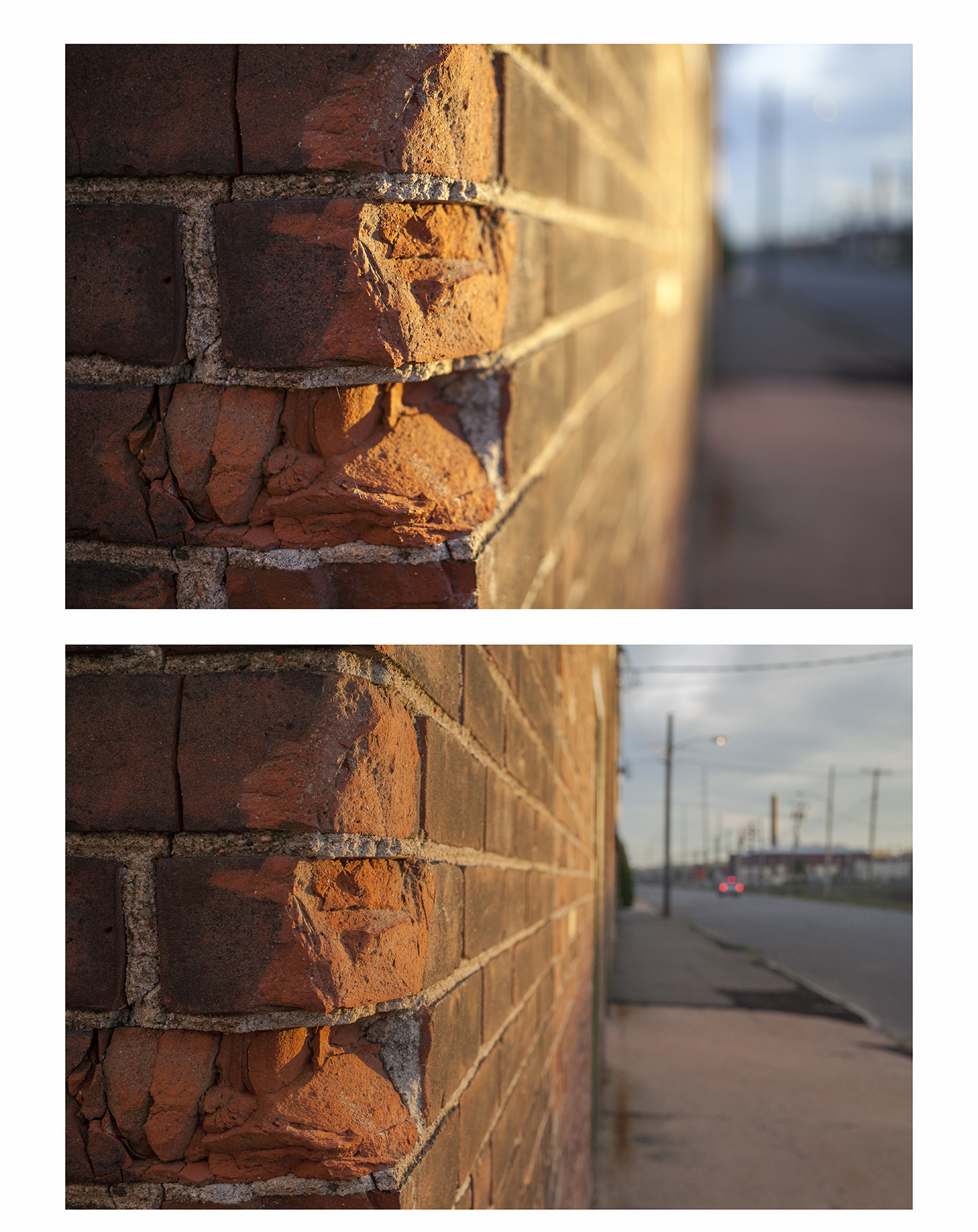 This photograph is a comparison of the Low ISO, or standard ISO of 100 (TOP) of the High ISO of 6400 (BOTTOM). The top image was shot at F3.2 and an ISO of 100. Below was shot using an F stop of 10 and a shutter speed of around 500, ISO 6400. Now, I can tell you that an ISO at 6400, shutter speed of 500 and F 10, not necessary, but to do a comparison, very much needed. With a good, strong, proper light source, fadding sunset to the right, you will not see massive chunks of grain and digital noise. Why is that you say? WHY do both photos look so similar? Well, that is very clear. It was shot on a Canon 5d Mark II. The processor, Full Frame sensor, makes this camera a beast!!!
This photograph is a comparison of the Low ISO, or standard ISO of 100 (TOP) of the High ISO of 6400 (BOTTOM). The top image was shot at F3.2 and an ISO of 100. Below was shot using an F stop of 10 and a shutter speed of around 500, ISO 6400. Now, I can tell you that an ISO at 6400, shutter speed of 500 and F 10, not necessary, but to do a comparison, very much needed. With a good, strong, proper light source, fadding sunset to the right, you will not see massive chunks of grain and digital noise. Why is that you say? WHY do both photos look so similar? Well, that is very clear. It was shot on a Canon 5d Mark II. The processor, Full Frame sensor, makes this camera a beast!!!
The only difference between the top and bottom photo are, Depth of Field. Look closely. A small number is a bigger opening in the lens, thus, allowing more light in, but also, it creates that incredible gradated blur. See below.
This photograph was made at ISO 100, F3.2 shutter speed of 160th a second. Pretty nice how it shifts to blur right? Check out the photo below.
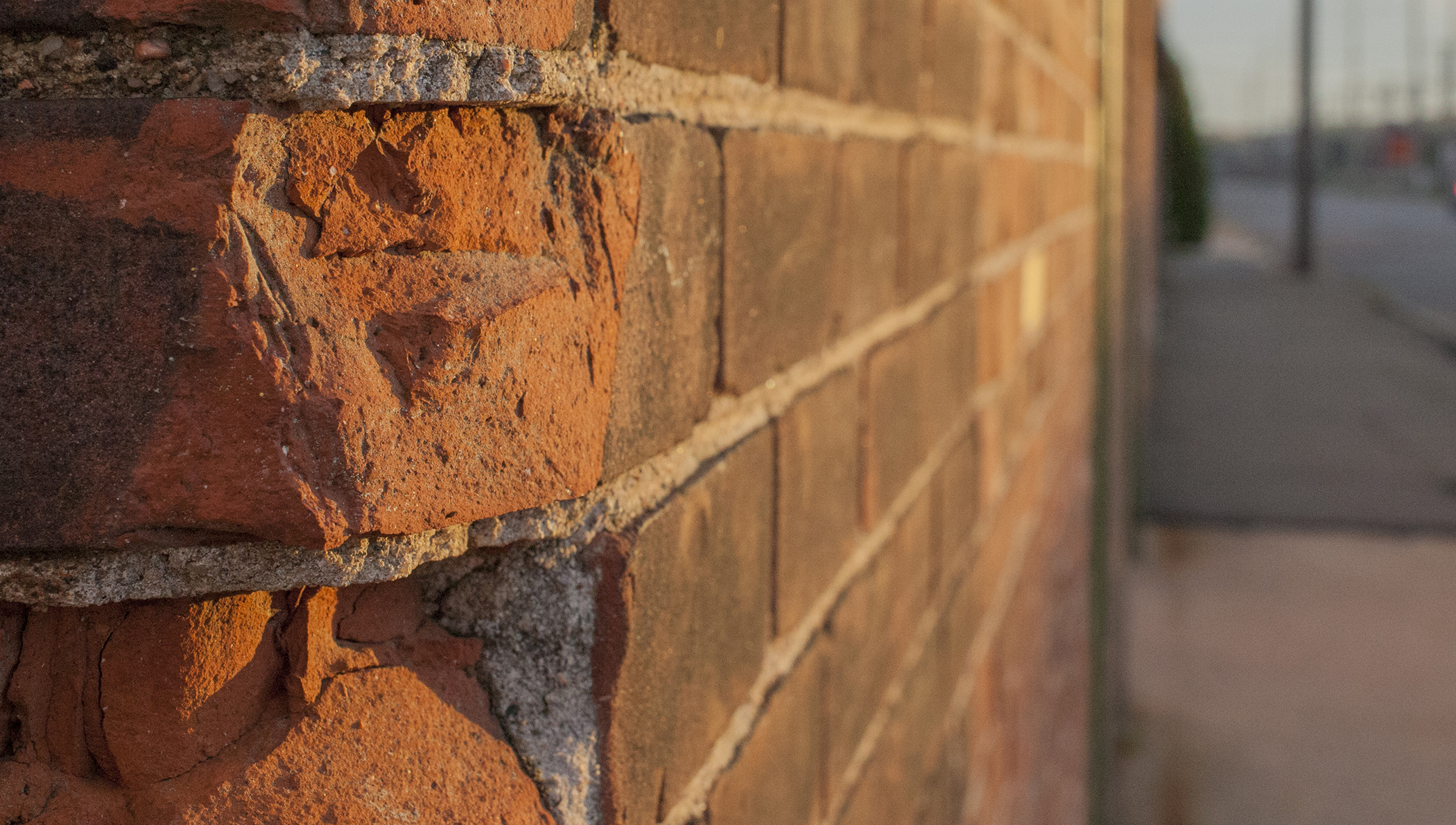 This photo was made using ISO 6400, F 10, shutter speed around 500. The bigger the number, the smaller the number, the less blur that is resulted. Its not called anti-bokeh... Its just less depth of field..
This photo was made using ISO 6400, F 10, shutter speed around 500. The bigger the number, the smaller the number, the less blur that is resulted. Its not called anti-bokeh... Its just less depth of field..
The reason I am so against this terminology is that it is mis-informative and does not provide a clear understanding of what is happening. Now, with the iPhone and this new Nokia Lumia 1020 piece of junk that claims to have this incredible focus and 41 mega pixels, which is 38 more than a cell phone needs, people are applying filters and such that mimic what a professional camera can do. Depth of Field is a real term, with an entire science behind it. Bokeh is a philosophy that has Asian roots, not a term that denotes a photographic process. One could argue that is not true, since someone applied that to photography, but one would be incorrect.
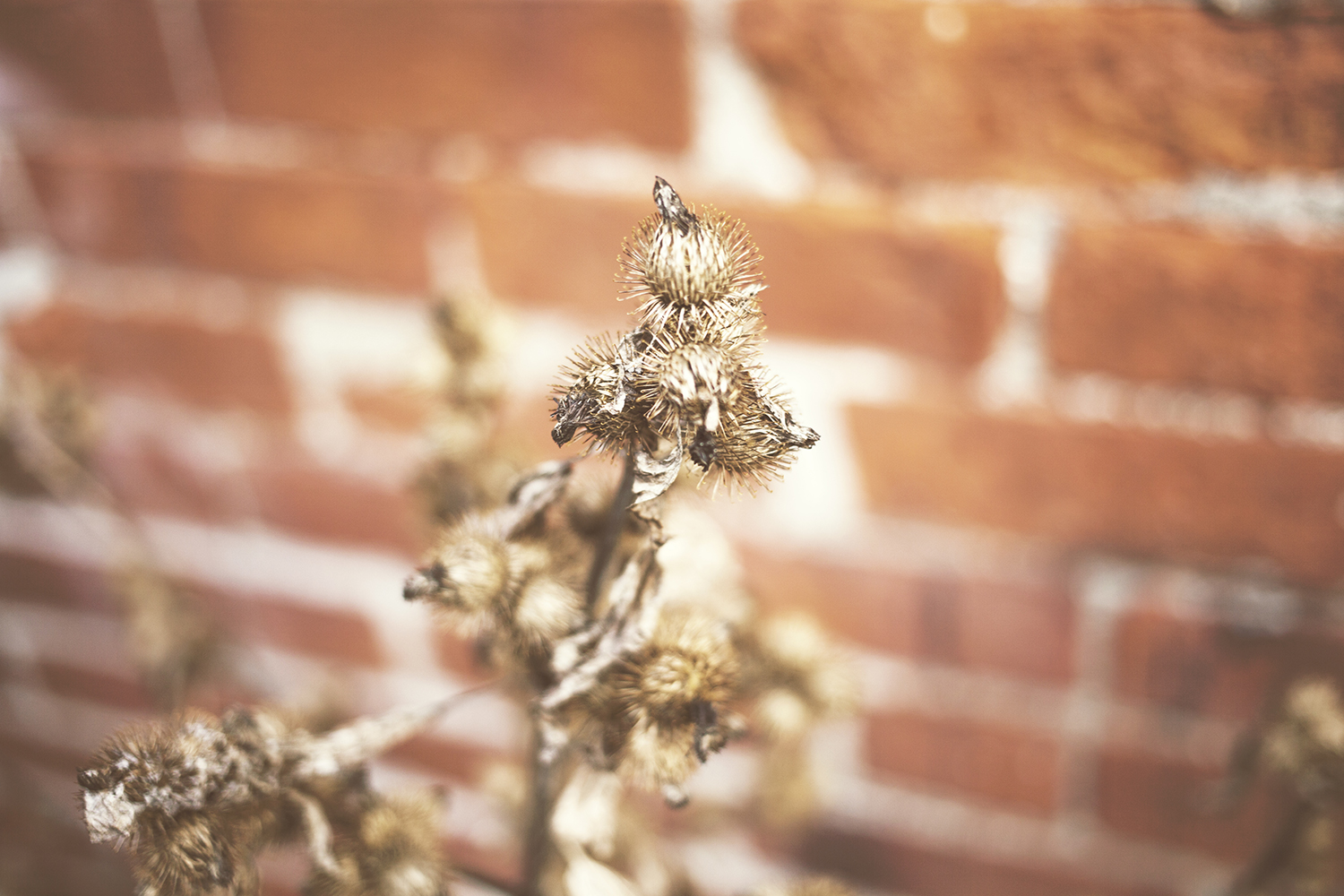 That is pretty, ain't it? Chicks dig flowers. Photograph flowers and chicks will dig ya. (Not really)
That is pretty, ain't it? Chicks dig flowers. Photograph flowers and chicks will dig ya. (Not really)
Lets talk about the difference between a full frame sensored camera and a cropped sensored camera. Why do you need a camera that costs $2500.00 vs a camera that costs $500.00? Here is why. Because you do. Well, more explanation is warranted. A full frame sensor is better. Better performance, less noise, less grain, large images closer to what a 35mm negative would produce. Over all, they are better, faster, and produce higher quality images. No lie. It makes all the difference in the world.
Take a gander at the following image of two photos.
Both photographs were shot in studio, both were shot using a 70-200 mm f2.8 with a sexy Profoto light. What are the differences? Well, look at the photo on the left. You can see Bob's entire body on the stool, where as the image on the right, you can not. Why is that? Well, that is what a cropped sensor does. Both photographs were made standing on the same crack on the floor board. While the image to the right is technically better because all the junk, stool, softbox, and legs from the gobo are out of the way, it is a great way to show the comparison of full frame vs. cropped, and, if you take notice, the cropped (right) is a bit smaller in general.
Again, photograph flowers. Chicks will dig ya. (no, they really really won't.)
So, what is the point of this article? Stop using the word Bokeh, and if you want to be a professional photographer, making professional images invest in the proper equipment. If you are a hobbyist with expensive camera gear, with zero clue as to what you are doing, perhaps a photography course would broaden your minds. I kid, I kid. Really I do. If you love making photographs, love using your camera, explore. Explore what the camera can do, what it is capable of, what its limitations are, but most importantly, explore what your limitations are, and go beyond them. When I picked up my first digital camera, I had no idea how to use it. I had a vast working knowledge of photography using film, paper, and chemicals. Since then, I have devoted my entire life to learning. Learning how to produce photographs.
(I hope you have enjoyed my comedic cynicism. Toodels)









